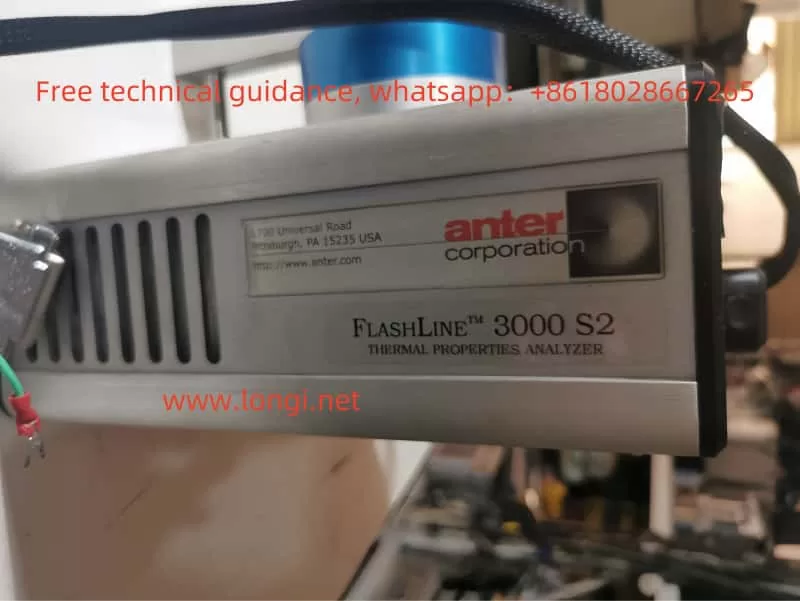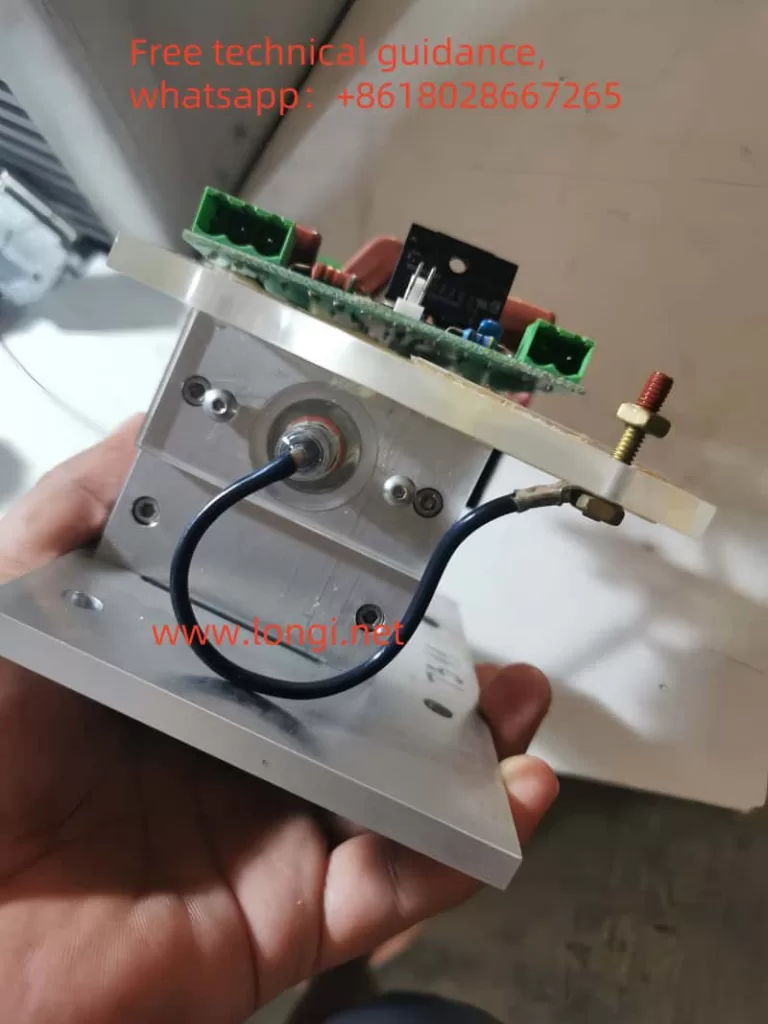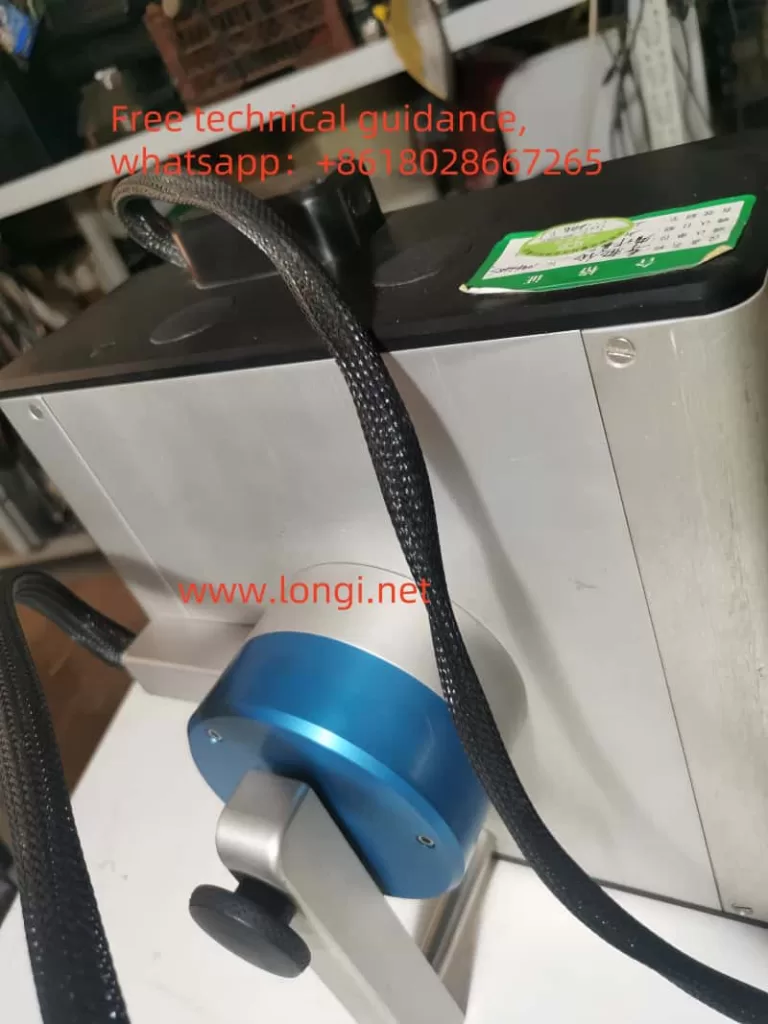Ion Pump: Principles, Applications, and Maintenance
I. Principles of Ion Pump
The ion pump, a special type of membrane transport protein and reversible ATP enzyme, drives specific ions across the plasma membrane against their electrochemical gradient, consuming energy derived from ATP hydrolysis. This mechanism falls under active transport and plays a crucial role in maintaining ion balance and potential difference across cell membranes.
- ATP Hydrolysis: The ion pump catalyzes ATP hydrolysis via its large subunit, releasing energy.
- Ion Transport: The hydrolysis products bind to the ion pump, inducing conformational changes that facilitate ion transport. For example, the Na-K pump transports 3 Na⁺ ions outward and 2 K⁺ ions inward per ATP hydrolyzed.
- Formation of Electrochemical Gradient: Continuous ion transport by the ion pump establishes a transmembrane electrochemical gradient, vital for cellular physiology.
II. Applications of Ion Pump
The ion pump finds diverse applications in biology experiments, medical treatments, and industrial vacuum technologies.
Biology Experiments:
- In cell culture, ion pumps maintain ion balance by adjusting ion concentrations in the culture medium.
- In electrophysiological studies, properties of ion pumps like the Na-K pump are utilized to investigate ion channels and membrane potential changes.
Industrial Vacuum Technology:
- Sputter ion pumps generate ions through cathode discharge, which are captured upon impacting the cathode, creating a sputtering effect that continuously evacuates gases to maintain a vacuum.
- Pre-pumping and baking are required before use to expedite gas release and enhance vacuum levels.
III. Common Faults and Repair Methods for Ion Pumps
As high-precision instruments, ion pumps may encounter various faults. Below are common issues and their corresponding repair methods:
Internal Faults:
- Worn or aged seals: Replace with new seals.
- Blocked or damaged membranes: Clean or replace the affected membranes.
- Filter or valve issues: Clean or replace filters and inspect/repair valves.
- Blocked inlet: Check inlet for patency and clear any debris from inlet pipes and faucet filters.
Power Supply System Faults:
- Inspect power plug and cable connections for proper attachment and ensure stable power voltage.
Target End Leakage or Burnout:
- Check target end pump operation and use methods such as power plug swapping and monitoring pump body temperature to assess pump status.
- In case of burnout, which may result from excessive plate load, attempt to restore pump function using methods like tapping.
Insufficient Vacuum:
- Verify adequate pre-pump vacuum levels and adjust pre-pumping duration and baking temperature.
- Check ion pump controller settings to ensure correct discharge current and voltage.
IV. Major Ion Pump Models
- Agilent Technologies:
- VacIon Plus Series: VacIon Plus 20, VacIon Plus 40, VacIon Plus 55, VacIon Plus 75, VacIon Plus 150
- Gamma Vacuum:
- StarCell Series: 20S, 55S, 100S, 300S
- Titan Series: Titan 20, Titan 55, Titan 100, Titan 300
- Duniway Stockroom Corporation:
- NexTorr Series: NexTorr D100-5, NexTorr D200-10
- Standard Series: Duniway IP-20, Duniway IP-40, Duniway IP-60
- SAES Getters:
- NEXTorr Series: NEXTorr D 100-5, NEXTorr D 200-10, NEXTorr Z 200-10
- CapaciTorr Series: CapaciTorr D 200, CapaciTorr D 400
- Varian:
- StarCell Series: 20 StarCell, 40 StarCell, 55 StarCell, 75 StarCell, 150 StarCell
- Agilent Varian:
- Ion Pump Controller: PCMini, IPC3, IPC6
- Gamma ION:
- Classic Series: 20I, 40I, 55I, 75I, 150I
- TeraVac:
- Ultra Series: 20U, 40U, 55U, 75U, 150U
- Pfeiffer Vacuum:
- HiPace Series: HiPace 300, HiPace 700
- DigiLine Series: DigiLine Pascal 2021, DigiLine Pascal 2002
- Riber:
- Riber Ion Pump Series: IP 20, IP 40, IP 60
Longi Electromechanical Company specializes in the repair and maintenance of ion pumps and controllers, with nearly 30 years of experience. We offer prompt repairs for various instruments and also engage in the recycling and sales of ion pumps and controllers. Feel free to contact us for more information.






